We expect 25 - 30 % growth from India: Reckitt Benckiser's Sethi
Chander Mohan Sethi, Senior VP, Southeast Asia, Reckitt Benckiser is an extremely busy man these days. He works insane hours and is constantly on the move to insure his region is in line with its parent's stated global position of sharper focus on healthcare. With western markets stagnant Sethi now has added pressure to insure India and Southeast Asia are on a rapid growth trajectory.
In an exclusive chat with Sonali Krishna, Brand Equity, ET NOW recently, Sethi spoke about what Reckitt Benckiser is doing to get critical mass in healthcare in India, progress and pass his brands post the acquisition, and everything in between.
With Reckitt Benckiser’s (RB's) renewed focus on healthcare, Sethi, sharing insights about the kind of investments they are looking at (or have already made) and the strategy for India specifically to enhance their portfolio in healthcare, Sethi said, If you look at our global portfolio, we've already got brands like Gaviscon, Mucinex, Nurofen,Fybogel, Lemsip. So there's a host of brands - global power brands that will come into the country and in the right order. At the same time you might be aware that we've just bought another company by the name of Schiff, which is VMS or vitamins - minerals and health supplements. So those will also come into the country, hence over a period of time, all these international brands will come in.
Speaking about the fundamental base position, Sethi said that if globally Reckitt Benckiser states that the core focus is going to be on healthcare, then, for a very large and important country like India RB needs to have that portfolio. Talking about the kind of capabilities RB is building in terms of a platform and the Paras acquisition, which as industry perceives, was in a sense apart from buying products, also buying a platform of sorts, Sethi went on to say that, “Currently we have or rather had limited presence in healthcare. So first step was to recognize that we are not there, we need to build our capabilities. The first one is very clearly acquiring a critical mass and a platform and that was done through Paras. So that meant acquiring a host of brands which are number one in their own space. Along with that we did acquire a manufacturing facility, which we have since upgraded very, very significantly. Secondly, not only meeting the standards for the country but also exports standards for Europe and the Americas, and there is a very large investment that was made upwards of 200 crores that we have done in our plant in Baddi. The third stage or the other side of it is in terms of providing the resource for the people capability. And that is linked to their training and development and the right kind of resource which understands health. It's different selling Harpic to selling Gaviscon and Nurofen!”
When queried about why the sudden focus and priority in healthcare and whether or not it’s a very, very viable and profitable business, Sethi states that, if you're looking at the ‘medium’ in long term and not tomorrow's results, then the strategy that has been adopted by Reckitt Benckiser in terms of its portfolio is perfect. We are talking about health, hygiene and home. If you really think about health, it's not something that you start taking a medicine today but you will worry about making sure that you keep fit. Therefore you go to a doctor. Hence you will stay with the medicine which that doctor prescribes. Illustrating his statement with a simple case-in-point Sethi said, “Over a period of time you may have taken Crocin when you were very young and you might give it to your friends anybody else because you believe in it. So healthcare products will take longer to ingest and come to fruitify, but they have a much longer lifeline. And the loyalty to such brands which is built on trust will be much greater. Number two, they are more profitable of course.”
Speaking about the pressure that RB faces in India in terms of deliverables, Sethi mentions that the expectations from India is that it should be growing at significantly higher than 20%. 25 - 30 % is possible.
Sharing his views on competitive advertising where direct references are made on brands, Sethi said that competitive advertising is a reality around the world. It's only not come to India or may be, India is shy about it. I personally believe that competitive advertising should be done but should be done with a lot of responsibility, and that responsibility I imply that whatever you say you should be able to defend yourself scientifically.
Tune in to Brand Equity with Sonali Krishna, On ET NOW on Saturday 2:30 pm, Repeats on Sunday 11:00 am



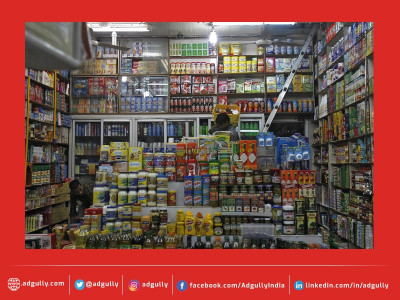
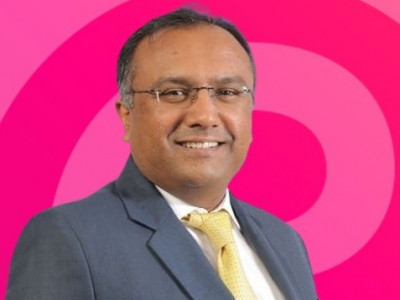

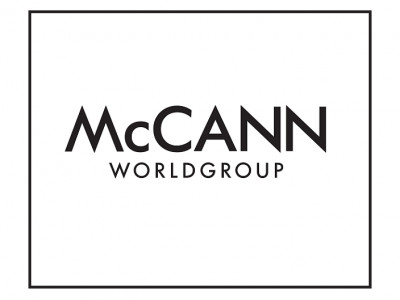




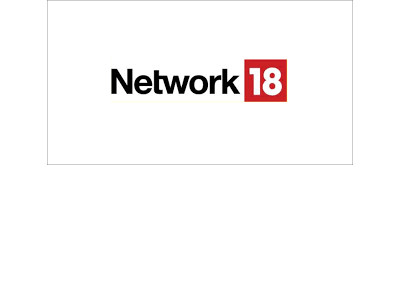


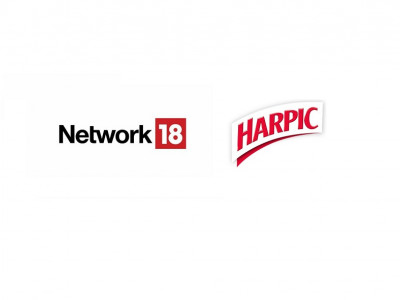

Share
Facebook
YouTube
Tweet
Twitter
LinkedIn